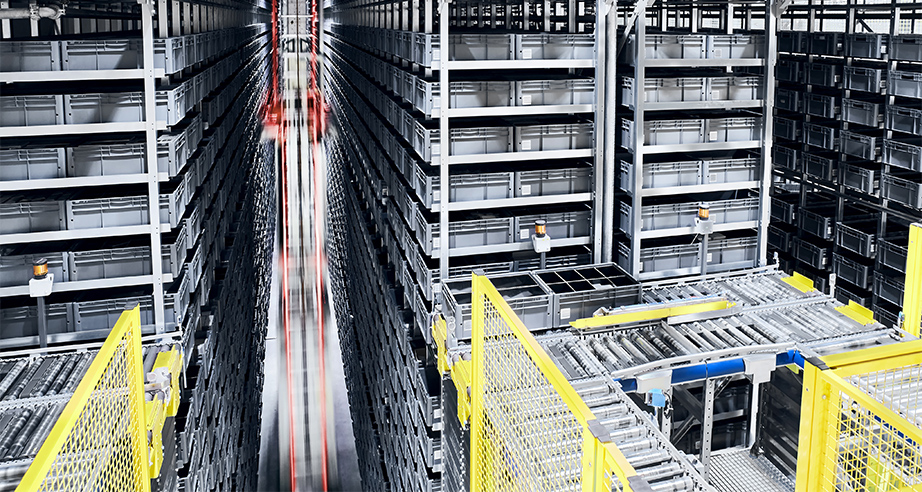Market research
When considering a WCS deployment, organizations first conduct extensive market research on the available WCS options and the vendors that offer them. The study includes industry reports, product reviews, and, most importantly, an in-depth analysis of case studies from peers. These sources provide real-world insights based on field experience and help you understand the benefits and limitations of different WCS solutions. At this stage, you can learn how the systems you have already implemented are actually working, what challenges they have had, and how they have been solved.
The information gathered through market research is essential for the selection of the WCS solution that best meets the specific needs of the organization. Based on your organization's requirements definition, we select the best system for you, taking into account a variety of factors, including functionality, scalability, cost efficiency, and support. This process is an important step in finding a WCS that effectively supports your organization's operational goals and is flexible enough to accommodate future growth and change. At the end of the day, market research and the selection of candidate systems form the basis for an organization to make the best technical decisions for its long-term success.







